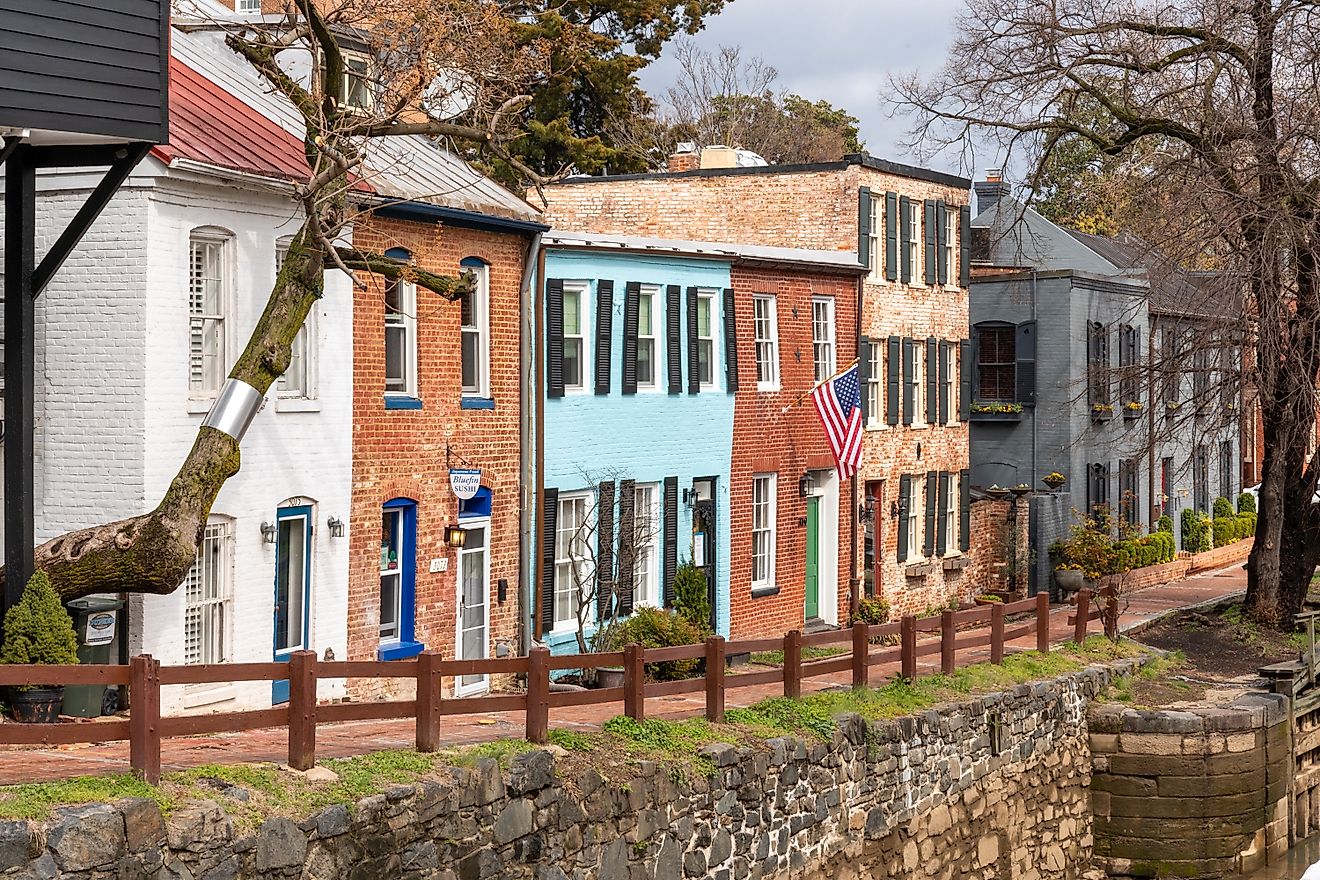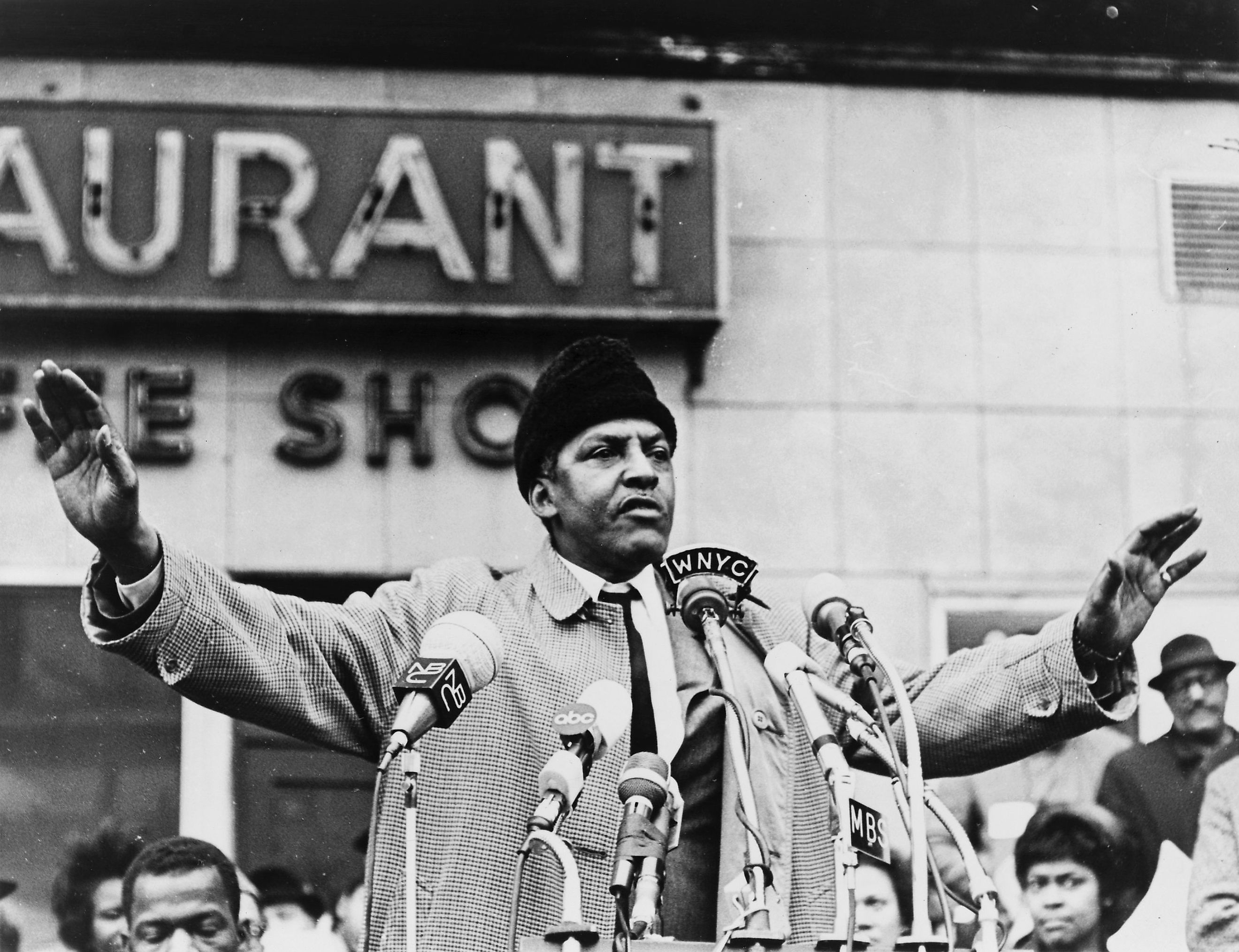
The Most Influential Americans in History You Might Not Know About
America’s history is shaped by the lives of iconic figures such as George Washington, Thomas Jefferson, Harriet Tubman, and Martin Luther King Jr. But beyond the headlines, there are many lesser-known Americans whose contributions have left an indelible mark on the fabric of this nation. These individuals—scientists, activists, artists, inventors, and pioneers—played pivotal roles in shaping American culture, politics, and innovation in ways that are often overlooked or forgotten.
Here we'll dive into the lives and legacies of six such figures, whose impact helped to mold America into the diverse and dynamic country it is today.
Alice Ball
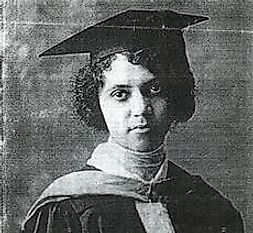
Alice Ball was a chemist whose work saved countless lives at the beginning of the 20th century. Though she is not a household name today, her groundbreaking research led to the development of the first effective treatment for leprosy—an achievement that remains a cornerstone of modern medicine.
In the early 1900s, leprosy was a terrifying and virtually untreatable disease. Ball, a brilliant African American woman who was just 23 years old when she first began working on the problem, synthesized a treatment that would become the standard for leprosy patients for decades. Her method involved isolating active ingredients from chaulmoogra oil, which had been used traditionally to treat the disease but was not effective on its own. Unfortunately, Ball passed away at a young age, and her work was later credited to a male colleague who took over her research after her death. Despite this, her legacy lives on in the fight against leprosy, a disease that is still prevalent in some parts of the world today.
Bayard Rustin
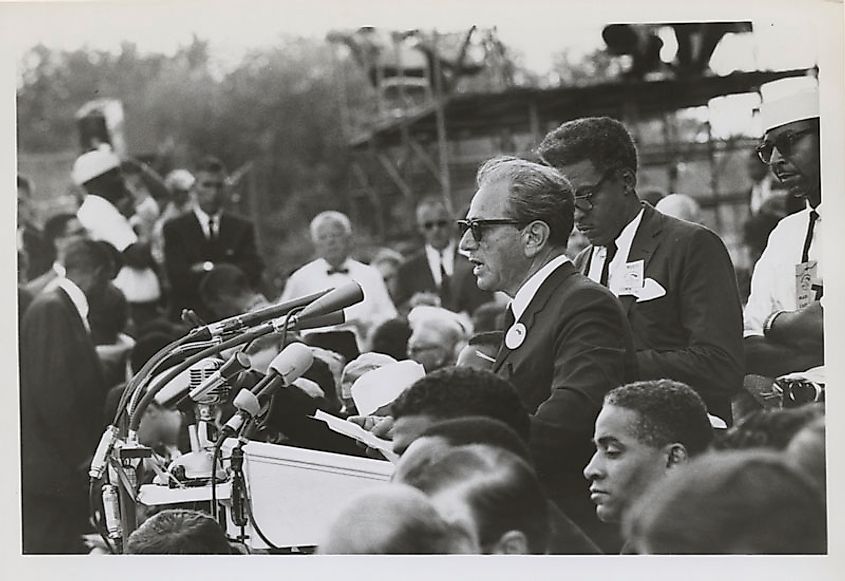
Bayard Rustin may not be as well-known as Martin Luther King Jr. or Rosa Parks, but his impact on the Civil Rights Movement was nothing short of monumental. Rustin was a brilliant strategist and organizer who played a behind-the-scenes role in some of the movement’s most pivotal moments, including the historic 1963 March on Washington, where King delivered his famous “I Have a Dream” speech.
Rustin was a master at coordinating large-scale events and deeply believed in nonviolent protest, a philosophy he learned through his involvement with pacifist groups like the Fellowship of Reconciliation. His organizational genius and ability to bring together diverse groups of people made him a key architect of the March on Washington and other major civil rights actions.
Yet, despite his crucial role, Rustin often stayed out of the spotlight. His sexuality—he was openly gay—was a source of controversy, and both the civil rights movement and mainstream society were not ready to embrace him fully. For many years, Rustin's contributions were overshadowed by the stigma surrounding his identity. Today, however, Rustin is increasingly recognized for both his trailblazing work in civil rights and his courage as an openly gay man in a time of deep societal prejudice.
Ellen Swallow Richards
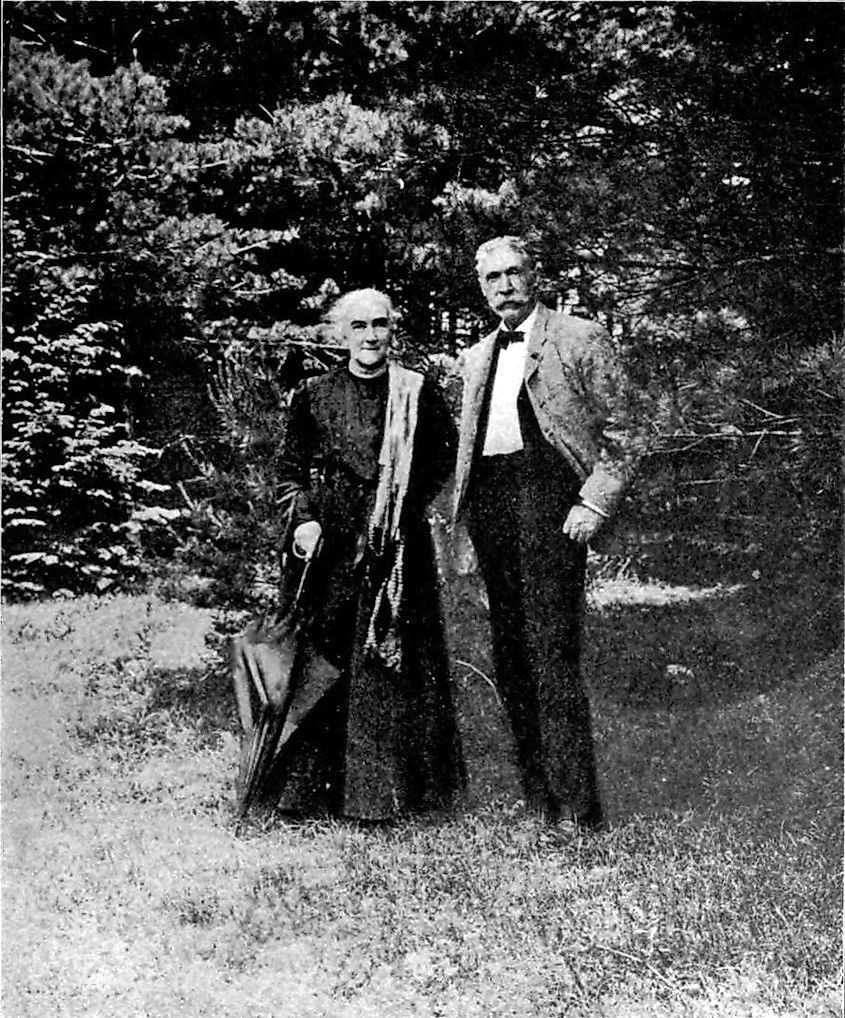
Ellen Swallow Richards and her husband Robert Hallowell Richards, 1904. Editorial credit: Public domain via Wikimedia Commons
In the late 1800s, Ellen Swallow Richards was a true pioneer in what we now call environmental science. A chemist and educator, she made history as the first woman admitted to the Massachusetts Institute of Technology (MIT). There, she became a leading figure in public health, sanitation, and environmental science long before these issues gained widespread attention.
Richards was the first to apply scientific methods to study water quality, recognizing the crucial link between clean drinking water and public health. Her research helped develop techniques for testing water that could prevent the spread of diseases caused by contaminated water—something that was groundbreaking at the time. She also pushed for home economics as an essential subject, believing that scientific knowledge about hygiene and healthy living could improve families' well-being.
Richards’ work laid the foundation for the modern fields of environmental science and public health. She also helped pave the way for future generations of women scientists, advocating for women's education in the sciences at a time when that was far from the norm. Today, her influence is still felt in the environmental movements and public health practices that shape how we manage natural resources and protect communities.
Dr. Charles Drew
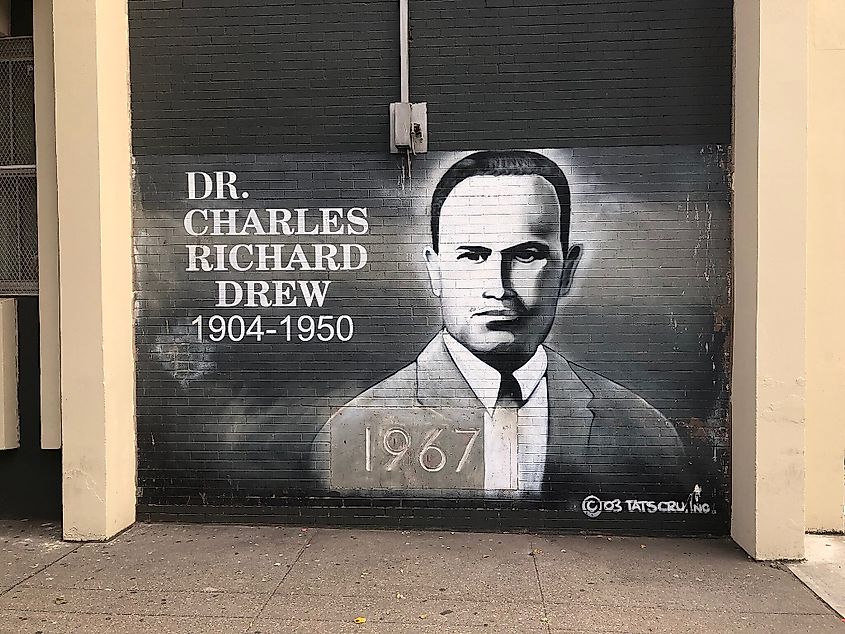
Mural of Doctor Charles R. Drew at the Charles Richard Drew Educational Campus / Intermediate School in the Bronx, NY. Editorial credit: Hugo L. González via Wikimedia Commons
Dr. Charles Drew is best remembered for his groundbreaking work in blood transfusion and blood banking, innovations that have saved millions of lives. As an African American physician and surgeon in the early 20th century, Drew’s achievements were especially remarkable in an era when racial prejudice was rampant.
During World War II, Drew developed life-saving methods for preserving and storing blood plasma, which proved crucial for treating wounded soldiers on the battlefield. His work not only saved thousands of lives but also laid the foundation for modern blood transfusion practices. Drew helped establish the first large-scale blood bank, and his contributions were key in shaping the American Red Cross’s blood donation programs.
However, Drew’s relationship with the Red Cross was complicated. The organization initially segregated blood donations by race, a practice Drew strongly opposed. Frustrated by this, he eventually resigned from his role overseeing their blood bank program. Drew's legacy is not just one of medical advancement but also of courage in standing up against racial discrimination.
Zora Neale Hurston

Zora Neale Hurston. Editorial credit: Public domain via Wikimedia Commons
Zora Neale Hurston was a novelist, anthropologist, and a key figure in the Harlem Renaissance. Best known for her classic novel Their Eyes Were Watching God, Hurston's work delved deeply into African American identity, folklore, and culture, capturing the richness of Black life in ways that were both bold and revolutionary.
Though Hurston’s writing is widely celebrated today, it wasn’t always appreciated during her lifetime. Her novels were ahead of their time, offering complex portrayals of African American women. Hurston tackled themes of love, independence, and self-discovery, and the novel’s candid exploration of female autonomy and sexual liberation was considered controversial at the time.
In addition to her literary work, Hurston was also a skilled anthropologist. She collected folklore from the South and the Caribbean, preserving the oral traditions of African American communities and helping to bring their stories to a broader audience. Her work reshaped African American literature and inspired future generations of writers to explore their cultural roots.
Benjamin Banneker

Benjamin Banneker was a self-taught African American scientist, mathematician, astronomer, and almanac author who lived in the 18th century. Despite being born into slavery, Banneker rose to prominence due to his extraordinary intellectual abilities and contributions to early American science.
Banneker’s most notable achievement was his work as a surveyor on the team that laid out the plans for the city of Washington, D.C. His knowledge of astronomy allowed him to produce an almanac that accurately predicted lunar and solar eclipses, tides, and other astronomical events. He is often regarded as one of the first African American men to break into the intellectual and scientific communities of his time.
Banneker also wrote to Thomas Jefferson, challenging him on the issue of slavery and arguing that all men should be treated equally regardless of their race. His correspondence with Jefferson is considered an important piece of early American advocacy for civil rights and serves as a testament to Banneker’s commitment to justice and equality.
Celebrating the Unsung Heroes
America’s history is filled with towering figures who shaped the nation in profound ways. But as we’ve seen, their stories and contributions are equally significant, if not more so. These individuals faced unique challenges—whether societal, racial, or gender-based—and yet their work shaped everything from medicine and civil rights to literature and environmental science.
By remembering and celebrating their achievements, we not only honor their legacies but also enrich our understanding of the diverse forces that have shaped this country. Their stories are a testament to the power of perseverance, ingenuity, and vision in the face of adversity.

